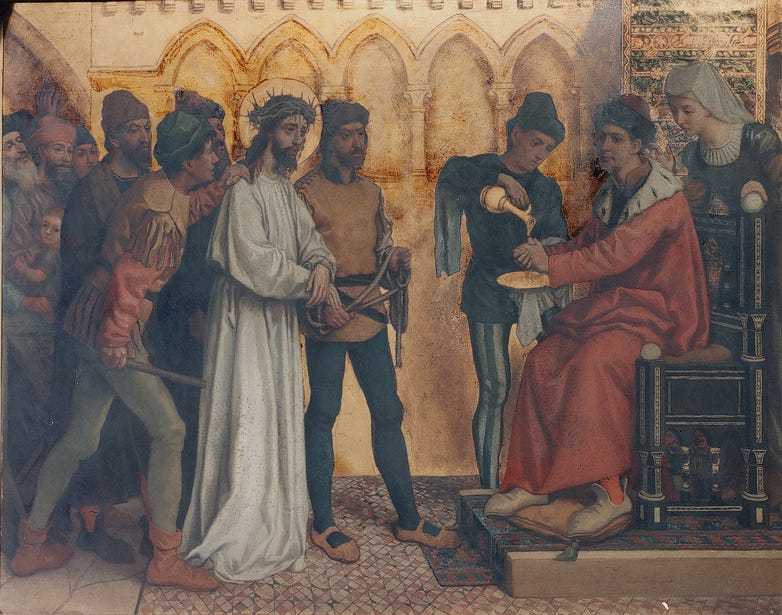Altar and Table: The Christian Story of Sacrifice
A Guest Post from Evan at The Ruminatrix
A Note to Readers
This marks the first guest post on The Narnian! A few days ago,
from passed this along, believing it aligned with the themes explored here and would resonate with the audience. After reading it, I wholeheartedly agreed.With that in mind, I’m open to featuring guest contribut…
Keep reading with a 7-day free trial
Subscribe to The Narnian to keep reading this post and get 7 days of free access to the full post archives.



